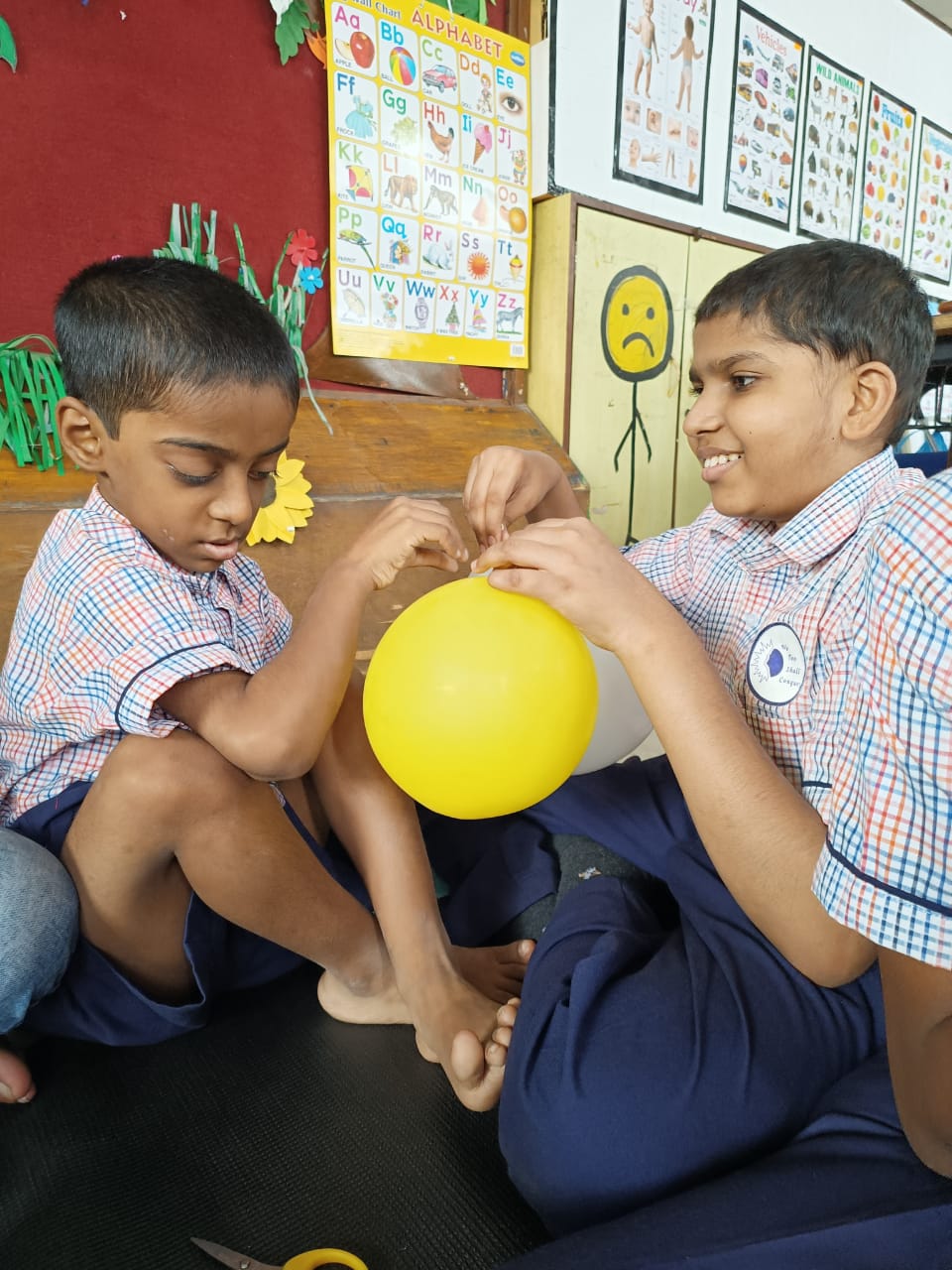WHOM WE SERVE?
According to the RPwD Act, Multiple Disabilities (more than one of the 21 disabilities specified in this act)
Combinations of Multiple disabilities which we cater to
- Deafblind
- Cerebral Palsy + Intellectual Disability/ Hearing/Speech/ Visual problems
- Visual Impairment + Hearing Impairment +Intellectual Deficits
Children or young adults with Multiple Disabilities including Deafblindness experience a unique and isolating sensory disability resulting from a combination of hearing and vision loss or impairment. For those born with both visual and hearing impairments, acquiring communication, information, motor skills, mobility and appropriate social skills can be highly challenging. The severity of these dual sensory losses varies from person to person and does not necessarily result in total deafness and/or total blindness.
Individuals with Multiple Disabilities including Deafblindness have lifelong support needs that must be addressed to enable them to function effectively in a world primarily driven by sight and sound. Their experience of the world is distinct, especially if they are profoundly deaf and totally blind, limiting their understanding to what can be reached by their fingertips. This isolation can deprive them of the opportunity to grow and learn
.


Challenges shared by learners who have multiple disabilities including deafblindness
- Access to sensory information
- Communication and movement.
- Learning
- Emotional Development
Learning
o Incidental learning
o Concept Development
o Mental Imagery
Emotional Development
o Bonding and attachment behaviour
o Sense of self and body image
o Motivation
o Perception of safety
o Learned helplessness
Education for children or youth with Multiple Disabilities including Deafblindness necessitates a highly individualized approach due to their limited channels for learning. They require additional time and carefully designed “hands-on” activities to access information that other children might pick up incidentally. Each child’s program must be tailored to address their unique ways of learning and their specific interests.
Communication is one of the critical areas affected by Multiple Disabilities including Deafblindness and is often given the highest priority in their educational programming.
Despite the unique challenges they present, it is crucial to recognize that children with Multiple Disabilities including Deafblindness can learn and achieve remarkable progress. With proper support and guidance from educators, these children can excel beyond expectations. If the child has some usable vision and/or hearing, their world can be expanded.
To navigate their environment, a child with Multiple Disabilities including Deafblindness needs someone to share their eyes or ears, interpreting the world for them in a way they can understand. Consistent support and interpretation create a sense of security, enabling them to anticipate and comprehend their surroundings and expectations for behavior.

